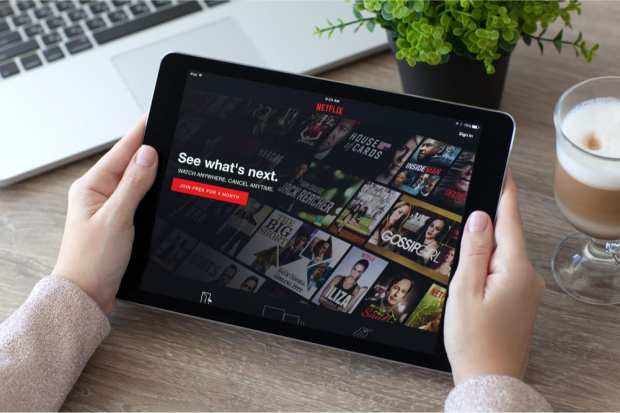Netflix And The Art Of The Shrinking Free Trial

The binge watch comes with a price.
As reported this week, Netflix has taken down the “free trial” option from its site for would-be subscribers in the United States. The U.S. thus joins a range of other countries spanning the globe that have phased the option out.
In an interview with The Verge, an unidentified Netflix spokesperson said, “We’re looking at different marketing promotions in the US to attract new members.”
Other ways of introducing potential new users to the service include content “sampling” availability — such as (free) educational content posted on YouTube and through free episodes of some series and original content offered through the site. (You’ll have to pony up for “The Crown,” though, we’ll bet … and btw, this season delves into Charles and Diana.)
Those efforts will ramp up into the next year, according to reports. In the meantime, other companies building out their streaming content efforts — such as Apple — have been extending free trials. Disney+ ended its free trial offering over the summer.
Netflix’s varied approach shows the strength of the subscription model, itself, where Netflix itself has been nearing the 200 million subscriber count, with roughly 73 million in the U.S. alone.
The ability to mix and match, to tinker with promotions and freebies, shows the lure of the subscriber mode, where, especially when it comes to content, the choices are varied, but, increasingly, centered in the home setting. The pandemic, of course, has forced theaters to go dark. And in the great pivot to digital on demand services that keep consumers, well, consuming, providers have found that users are willing to pay to get what they need … well, rather, want, but really want.
In a recent column, Karen Webster noted that various companies are fine tuning their efforts to get consumers into the “want to” camp. Certainly the “set it and forget it” model of commerce, where recurring billing keeps the content/other services flowing automatically is gaining traction. As noted in a recent “Subscription Commerce Conversion Index,” the subscription market is expected to continue growing by a compound annual growth rate of 68 percent through 2025. And as reported last month, the subscription economy’s resilience in the wake of the pandemic has been well in evidence: Overall, studies have found that a majority — more than 53 percent — of companies have not seen a measurable impact on their subscription rates as a result of the pandemic.
Additionally, roughly 23 percent of firms have said that they are experiencing accelerated growth rates.
Drilling down a bit, as we saw in PYMNTS’ own research detailed earlier this month, “Streaming services are not the only subscription providers witnessing increased demand and use. The industry as a whole has added 15 million subscribers and 96 million subscriptions since the pandemic began, with the average consumer possessing 2.9 subscriptions in July — up from 2.6 in February.” That’s according to the new Consumer Subscription Retail Services Report, done in collaboration with Recurly. The rising tide has lifted all boats, including in education and training, which have seen subscribers grow at a rate of 20 million and 10 million, respectively.
The recurring revenue model, then, has a recurring theme: Consumers are increasingly comfortable with shelling out for comfort through content.
